First and foremost, suckler farmers are farming to make a profit. Whether there are 10 or 100 cows on the farm, they must produce a margin for that business to remain sustainable.
The gross margin for suckler farmers represents sale price less the production costs of the cow and that of progeny sold.
When benchmarking your suckler system with others, the gross margin is the best indicator of how you are performing. If you look at overall farm profit per hectare, i.e. including fixed costs, you may not be comparing like with like. Fixed costs will vary from farm to farm, depending on the stage of development.
The gross margin needs to be significant enough to allow the business to reward the farmer for their investment, expertise and time. However, it also needs to provide finance to allow the farmer to reinvest in fixed costs and maintenance of their business.
Improving handling facilities, maintaining fences and farm buildings, reseeding and soil fertility are all a necessary part of running a farm. In years like this, such exercises can fall by the wayside. If a farming business isn’t maintained, it won’t be long before margins fall further.
We are all well aware of the impact beef price will have on profitability. However, the cold reality is that you have little control over what price you receive when selling other than trying to target periods of increased demand. This article does not provide a magic formula for improving beef prices. However, production costs and animal performance are areas that you, as farmers, have control over and which can significantly affect profit margin.
Like reading a map, the first step to addressing these issues is to identify your current position. Do you know what it is costing you to produce a kilo of beef, or what your gross margin is per head or per hectare? It is essential that all beef farmers carry out a financial analysis of their production systems. Completing the Teagasc eProfit monitor is a quick and easy way to identify these facts.
National state of play
Over the past number of weeks, we highlighted that there is an opportunity to improve the performance of the national herd by improving the number of calves per cow per year.
According to recent Irish Cattle Breeding Federation (ICBF) analysis, there were just over 110,000 suckler cows running empty in our national herd last year. This means that the opportunity to increase output lies on many farms.
You should ensure that cows calve once every 12 months and not every 395 days (13 months) as is the current national average. For many, this is an opportunity to both increase output and cut costs on the farm.
There are also opportunities in 24-month calving, but this comes with a warning. Sire selection must be carried out with care to ensure ease of calving and the heifer must be 60% of her mature weight at breeding and 80% to 90% of her mature weight by calving.
These targets need to be hit, otherwise, 24-month calving could be an added cost to your farm and you could be better off carrying the heifer to three years of age before calving.
It is easy to talk about these changes. It is a little more difficult to put them into practice. However, it can and is being done on many farms.
Breeding put simply
In simple terms, the right cow is one that will calve easily, have enough milk to raise a good calf suitable for your market and go back in calf again easily and do the same in within 12 months.
If your cow is capable of achieving this, you are in a good position. More and more farmers are paying attention to the ability of their suckler cows to produce milk. This is the real driver of weaning weight and must remain at the front of your mind when breeding replacements.
When selecting replacements, the ICBF replacement/maternal index should be used to help identify the right cow for your farm.
Your sire selection also needs to match your requirements or the requirements of your market.
If you are breeding replacement heifers, you need a bull that rates highly for replacement/maternal traits.
If you are breeding for beef and you are not keeping or selling replacements, your focus should be on terminal sires but keeping a close eye on calving difficulty.
Terminal is suitable for the weanling live export market, the domestic weanling market, the store cattle market and the suckler-to-beef market. Knowing your market allows you to select the sire that will work best with your cow type to provide what your market is looking for.
Cutting costs
With all of the above put into practice, the focus must move to cutting costs inside the farm gate. This is something I’m sure many farmers are tired of hearing. However, there are many farmers who could benefit from reassessing their system to see where they could save.
The best way to achieve this is by maximising gains from grass. The greater the percentage of this gain you can achieve from grass, the lower your production costs, which leads to an increased gross margin.
On many farms, this takes us back to the points made at the beginning of this article and whether gross margin allows cashflow for the implementation of paddock systems or reseeding to take place.
Soil analysis will allow for targeted fertilizer and lime application to optimise grass growth. However, grassland management must also be at a high level to get the best out of your pastures. This is where the importance of grass measuring comes into play. No matter whether you use a grass welly, a stick or a plate meter, the only way to manage it is to measure it. What you measure is what you get.
We highlighted in week one of this series that the suckler cow is a wealth generator in rural Ireland.
A vibrant beef sector is key in rural Ireland and not just for the 86,000 full-time jobs provided on specialised Irish beef farms, but for the jobs that are dependent on the supply of beef.
Professor of Agriculture and Food Economics at UCD Alan Renwick estimated that just over 55,000 jobs in the wider economy are supported by Irish cattle and sheep production, which includes 10,000 from the meat processing sector. These jobs are dependent on the primary producer for their sectors of the economy.
Looking back at the last 40 years of the national farm survey, it is clear that the drystock sector has been constantly in jeopardy. The holes in the safety net of the Single Farm Payment are getting bigger as the size of the check gets smaller.
The industry must realise that competition for land from the dairy sector provides a challenge to the production of top-quality beef from the suckler herd and provides real options for beef farmers who have the land base to convert.
Patrick Donohoe has outlined on page 16 that the industry leaders want a suckler herd and see it as an intrinsic component of Ireland’s beef sector. However, innovation and change needs to be part of the immediate future to secure the national suckler herd at its current size.
More innovation and vision needs to be applied to the beef that we produce. This is required to grab some of the market share that we have lost to chicken and pork products. Resources need to be applied to these challenges in order to bring confidence back to beef farmers.
The Dowling Report made a number of recommendations but only a small number of these have been implemented to date. If the industry is serious about sucklers and continuing to produce a premium product for our export market, these recommendations need to be acted on ahead of the next quarterly round-table meeting.
Despite the hardships of the fodder crises in the spring of 2013, year-to-date suckler farmers have registered 2% fewer beef calves than in 2013. This shows their dedication and commitment to the sector. Now, it is time for the industry to demonstrate theirs.




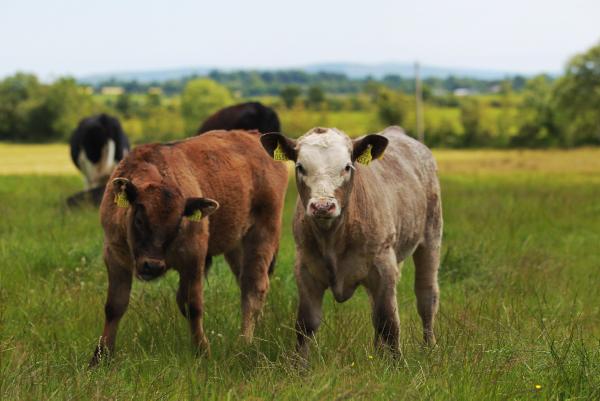
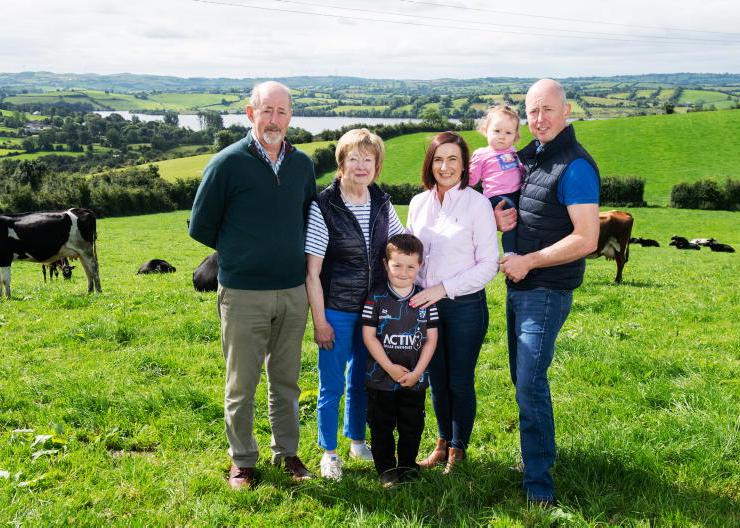

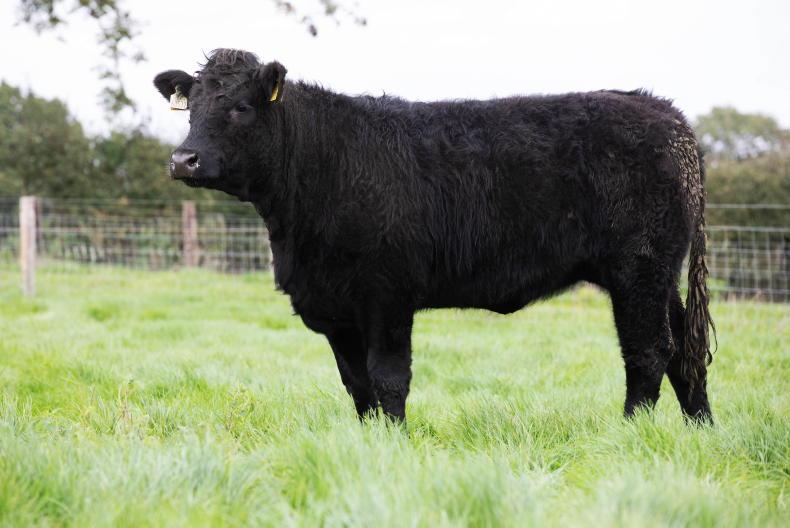
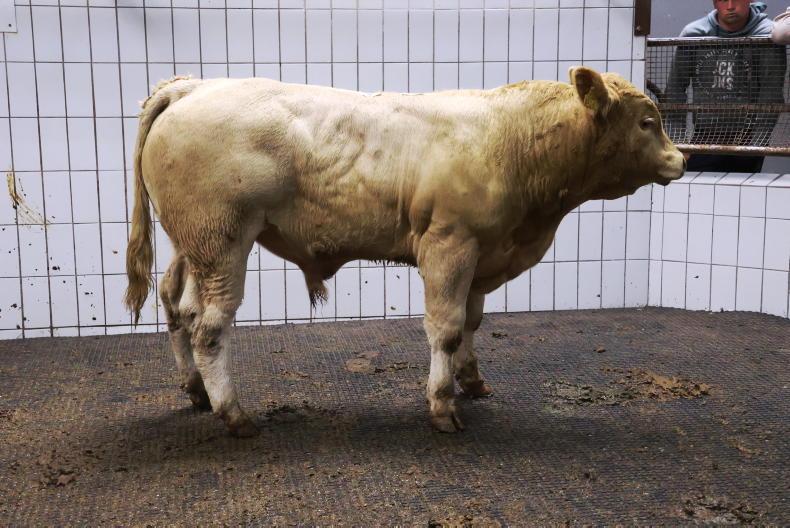
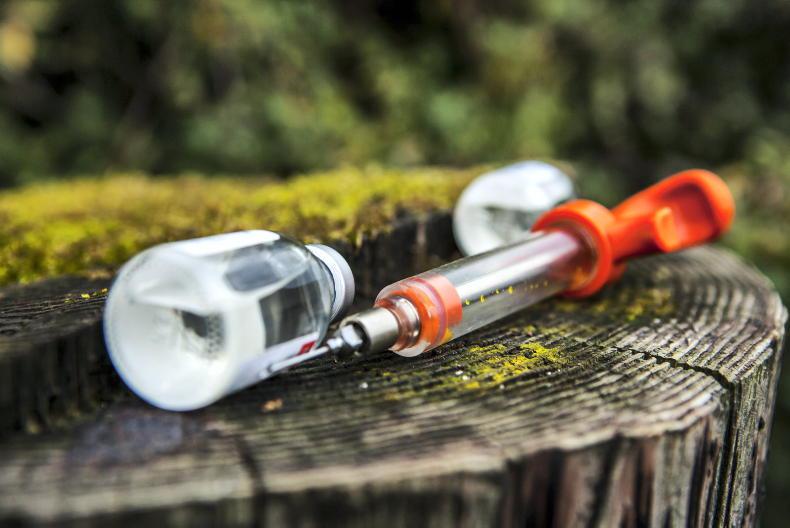
SHARING OPTIONS